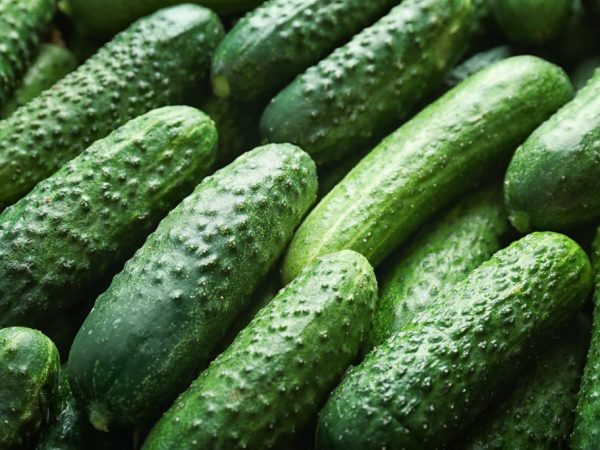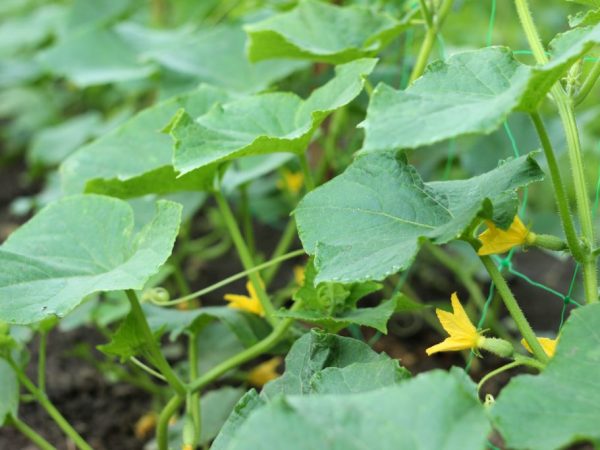Description of the Paratunka cucumber variety
cucumber Paratunka f1 is a unique early maturing variety that occupies a high position in the world market. It appeared on the market not so long ago and immediately gained recognition from all farmers and ordinary people. What is the way to grow it so that the yield is pleasing and does the variety have undeniable advantages?

Description of the Paratunka cucumber variety
Characteristics of the variety
The fruit cucumber Paratunka f1 was bred in Holland in 2005. Just a few months later, the whole world already knew about this variety. The Semko company made sure that its brainchild was recognized all over the world and it received recognition at all possible exhibitions of seeds or vegetables.
This variety is characterized by the fact that it can show its high quality indicators under any climatic conditions. In the National Register, where this species was entered at the end of 2005, it is indicated that cultivation is possible in any climatic zone. Also, it can be planted not only in the greenhouse, but also in the open field.
Cucumbers Paratunka f1 belong to early maturing and hybrid crops. They are parthenocarpic and therefore do not need ambient pollination. They do not need the help of bees and other insects to pollinate themselves. The description shows that the yield of this variety is at the highest level. If you grow this variety, the yield will be 15 kg per 1m2.
Description of the plant
The bushes have a bunchy characteristic. The plant grows of medium height and reaches a maximum of 1.2 m. On the trunk, leaves and branches of medium density are formed, which greatly simplifies care and harvesting.
The leaves are dark green and slightly rough. A prickly roughness is observed on the lateral stems. This allows the cultivar to defend itself against insects that want to take advantage of the nectar from the yellow flowers.
Description of the fetus
Each fruit is characterized by an oval shape. In some cases, cylindrical cucumbers are found. On the surface, there are small bumps that are evenly distributed over the entire area of the fruit. The length of the cucumbers does not exceed 10 cm.
The pulp is quite soft, but does not have empty areas in its structure. It tastes quite juicy and sweet. There are no indications of bitterness. A pleasant aroma is characteristic, which is noted in all cucumbers. The weight of one fruit can be from 80 to 100 g. This variety is versatile in use. Suitable both for eating raw and preparing salads, as well as for canning or salting. Pickled gherkins have a crunchy characteristic that most appeals to people in this species.
Dignity
If we consider the description of this variety, then we can conclude that it has the following advantages over other varieties of cucumbers:
- resistance to diseases, bacteria and viruses;
- versatile in use;
- fruits develop during the same time and have the same structure;
- early ripening of fruits;
- can be grown both in the greenhouse and in the open field;
- high characteristic of taste and presentation.
There were no drawbacks in this form.
Growing varieties

Protect the plant from direct sunlight
Cultivation and planting of seeds or seedlings occurs only after the soil has warmed up to a certain temperature. It should be at least 18 ° C. After all, this will allow the root system not to die, but to develop at lightning speed. The seeds are planted in advance. It is important to remember that this should be done 30 days before planting in open ground.
Planting is carried out only in light soil, which is rich in nutrients and trace elements. The seeds do not need to be chemically treated or heated. They can easily survive all unpleasant environmental factors. Planting should be carried out only in special containers. The distance between the holes should be about 3 cm. In order for the seeds to begin to germinate, a certain temperature and humidity in the greenhouse is important. The temperature should not exceed 20 ° C, but the humidity is moderate. This is done so that the seeds do not burn out or become covered in delusion.
Only seedlings are planted in the ground, which have 2-3 full-fledged leaves. A distance of 50 cm is set between the rows, and between the holes it should be 28 cm.If you grow crops in open areas, then you need to take care that the cucumbers get as little sunlight as possible, because they can take moisture and not give the plant to fully develop.
Care rules
Paratunka does not require special care. However, if you follow all its rules, you can increase the amount of harvest at least 2 times. It is important to note that Paratunka is very fond of a large amount of water. For this reason, watering should be carried out immediately after the soil dries. But, the amount of water should be controlled, because an abundant amount of it can lead to rotting of the roots. Watering is carried out only in the evening and only with warm water.
In order for the harvest to multiply, do not forget about the clothespin of the side shoots and the removal of the first few ovaries. The plant should not exceed the height of the bundle to which it is attached, so you need to pinch the upper shoots to slow down their growth. Top dressing should be carried out not once, but at least 4.
Prophylaxis
Breeders made sure that this type of cucumber is not exposed to insects and other pests. Also, it is not affected by fungal and viral infections, as well as bacteria that may be in the soil or air. But, experts recommend not to forget about preventive measures. This will speed up the ripening process of excellent fruits with high indicators of commercial quality.
As a preventive measure, you can use traditional medicine recipes (potassium permanganate solution, Bordeaux liquid or garlic tincture) or specialized chemicals. You need to buy only proven products, because the further number of fruits sold and consumed depends on their quality. Disinfection is required 3 days before watering. This will allow all the necessary substances to be absorbed into the stem, and the excess will be removed with water.
Conclusion
Paratunka is the kind of cucumber that very quickly won the hearts of many farmers and ordinary people. Despite the fact that it does not require any special care, it gives uniquely high yield and quality indicators. Therefore, if you are still thinking about what kind of species to plant on your site, then you can be sure that it is Paratunka that will suit you perfectly.


